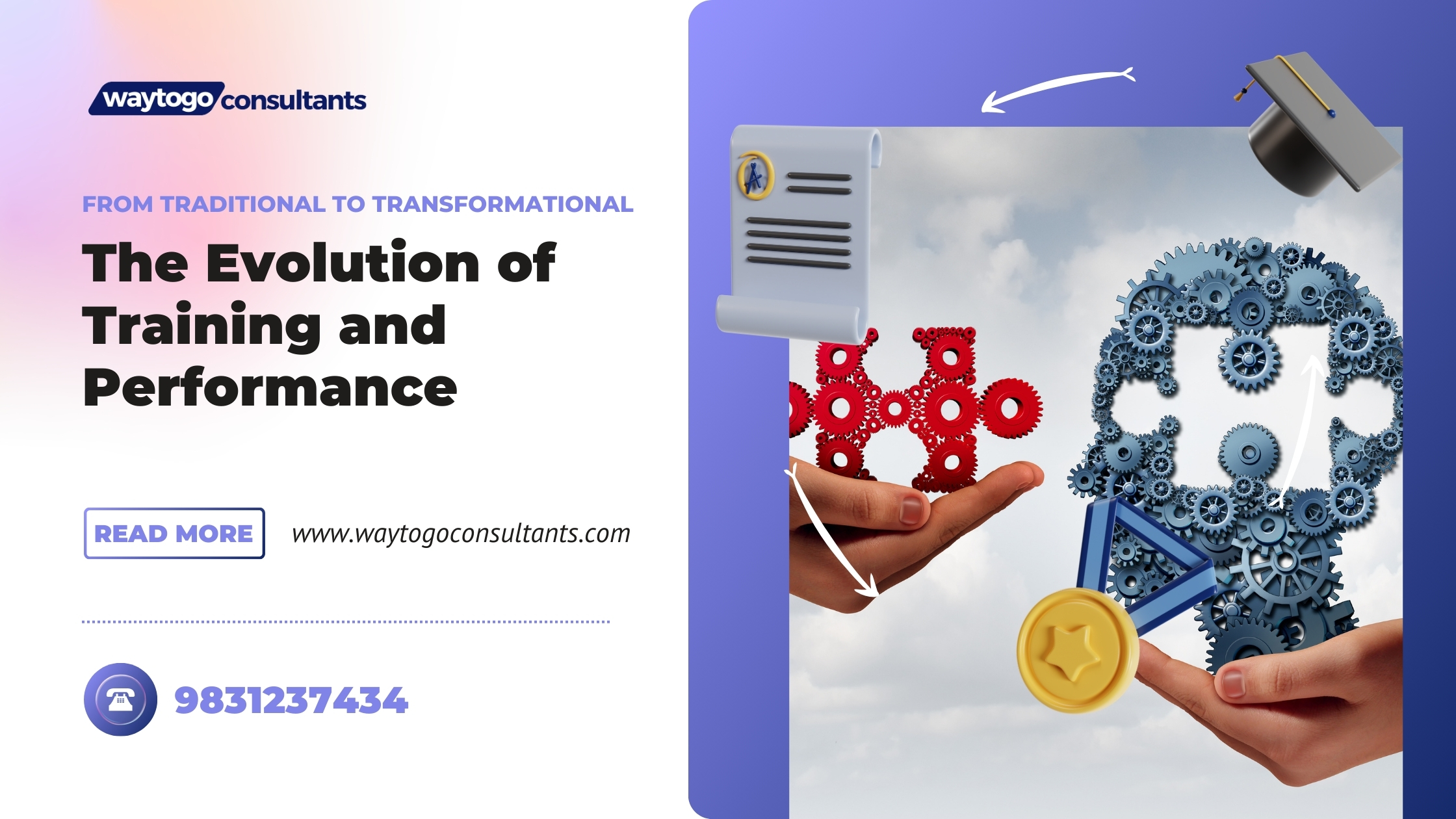


In a world with constant change and innovation, the realm of training and performance has also undergone a significant evolution.
From the traditional methods of yesteryears to the transformational approaches of today, the way we train and enhance our performance continues to adapt and improve.
Let's delve into the journey of this evolution and explore the key factors driving this shift.
When we think of traditional training methods, we often picture a structured classroom setting, where instructors deliver lectures and presentations to a passive audience of learners.
This conventional approach relied heavily on rote memorization and repetition, with little emphasis on hands-on learning or interactive engagement.
While traditional training served its purpose in the past, it also had its fair share of limitations. Learners often struggled to retain information in a passive learning environment, leading to low engagement and subpar outcomes.
Additionally, the one-size-fits-all approach failed to cater to individual learning styles and preferences, resulting in a lack of personalized instruction.
In the traditional paradigm, performance evaluation was typically based on standardized tests or assessments that focused on measuring knowledge retention rather than practical application.
This narrow focus often overlooked important soft skills and real-world competencies that are essential for success in today's dynamic workplace.
As the world around us underwent rapid changes driven by technological advancements and shifting market demands, the need for a more dynamic and adaptable training approach became evident.
Transformational training emerged as a response to these evolving needs, emphasizing experiential learning, collaboration, and continuous feedback.
Transformational training incorporates a variety of cutting-edge techniques and methodologies to enhance the learning experience.
From immersive simulations and virtual reality scenarios to gamified learning platforms and real-time performance tracking, these innovative tools empower learners to actively engage with the material and apply their knowledge in practical contexts.
One of the hallmark features of transformational training is its focus on personalization and adaptive learning.
By leveraging data analytics and AI-driven insights, trainers can tailor learning pathways to suit individual preferences and abilities, allowing for a more customized and effective training experience.
In the realm of performance evaluation, transformational training prioritizes comprehensive analytics and predictive modeling.
By leveraging data from various sources, including simulations, assessments, and feedback mechanisms, trainers can gain valuable insights into learner progress and identify areas for improvement in real time.
Recognizing the strengths and weaknesses of both traditional and transformational training approaches, many organizations are now adopting a hybrid model that combines the best elements of each.
This synergistic solution seeks to balance structured pedagogy and innovative learning techniques, offering a holistic training experience that caters to diverse learning styles.
In the hybrid approach, technology is an enabler rather than a replacement for human interaction.
While digital tools and platforms enhance learning outcomes and enable scalability, the human touch remains essential for fostering mentorship, collaboration, and emotional connection in the learning process.
Central to the hybrid model is the concept of continuous improvement and adaptation.
By embracing a growth mindset and cultivating a learning culture within organizations, trainers and learners alike can stay agile and responsive to changing needs and emerging trends in the training landscape.
As we navigate the ever-evolving landscape of training and performance, it is clear that the journey from traditional to transformational approaches has been both enlightening and enriching.
So, whether you're a seasoned professional looking to upskill in a fast-paced industry or a newcomer eager to embark on a learning journey, remember that the key to success lies in staying curious, open-minded, and willing to explore new horizons. Together, let's embark on this transformative journey and shape a brighter future filled with endless opportunities for growth and development.
How has training evolved from traditional methods to transformational approaches?
Training has evolved by incorporating technology, personalized learning, and data-driven insights, moving away from one-size-fits-all approaches to customized, interactive, and outcome-focused methods.
What benefits do transformational training methods offer compared to traditional ones?
Transformational training methods offer benefits such as increased engagement, improved retention, personalized learning experiences, and measurable performance outcomes, which are often lacking in traditional methods.
How do transformational training methods cater to different learning styles and preferences?
Transformational methods use a variety of modalities, such as interactive simulations, gamified learning, virtual reality, and microlearning, to cater to different learning styles and preferences, ensuring a more effective and engaging learning experience.
What role does technology play in the transformation of training methods?
Technology enables the delivery of training through various platforms and devices, facilitates real-time feedback and assessment, and allows for the integration of multimedia elements, enhancing the overall effectiveness of training programs.
Your email address will not be published. Required fields are marked *
WAYTOGO Pvt Ltd is an organization providing Recruitment solutions and a wide suite of specialist services to our clients- from executive search, selection, and specialist staffing to training, consulting, and outsourcing in Banking, Insurance, other financial Services, Telecom and Manufacturing domains.